Warsaw was the beginning of a new phase of travel for me. The following two weeks would see me and my Mum, who had joined me five days earlier in London, being shown around some of the best sights in Poland by our Polish relatives, most of whom I had never met before. It was a trip that would teach me about aspects of Polish history I never knew and about my own family history. But more importantly, it would help me connect with my wonderful Polish family.
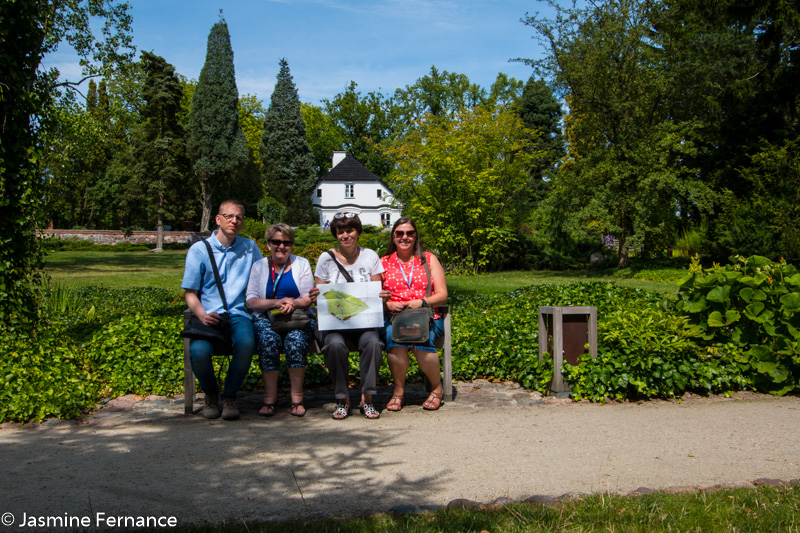
With the convenience of a car and locals to show us around, we saw plenty during our two full days in Warsaw, including the following highlights.
Chopin, Chopin, Chopin! Lovers of classical music, or this musical genius specifically, will love Warsaw. Walking through the old town the melodic tones of his most famous works can be heard emanating from many park benches. The top three Chopin sites include:
1. Chopin’s House
Located 70 km’s from Warsaw, a pleasant drive into the countryside and small town of Sochaczew will bring you to Chopin’s house and park. This is where Chopin was born and the restored house is now a museum relating the details of his early life and that of his family. The surrounding parkland, over 17 acres, is beautifully manicured and a lovely place to wander and listen to the music, again coming from the park benches. If you’re lucky enough to be there on a Saturday in summer you’ll be able to hear a pianist play a few of Chopin’s pieces live from the grand piano in the house.
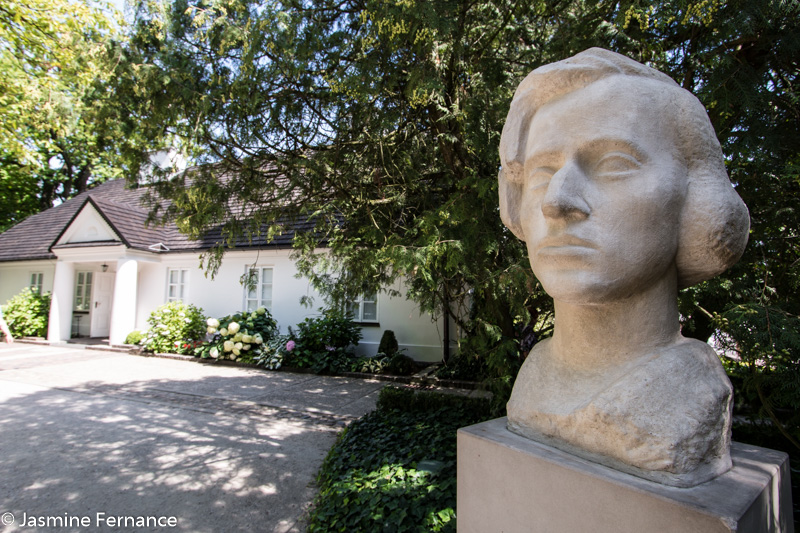
2. Chopin’s heart
Chopin is buried in Pere Lachaise Cemetery in Paris, but his heart is located in the Holy Cross church near Warsaw’s old town. When we first walked in to see this Mass was being conducted, so we left and returned later, and to view the plaque where the heart is located would have disturbed many people observing Mass.
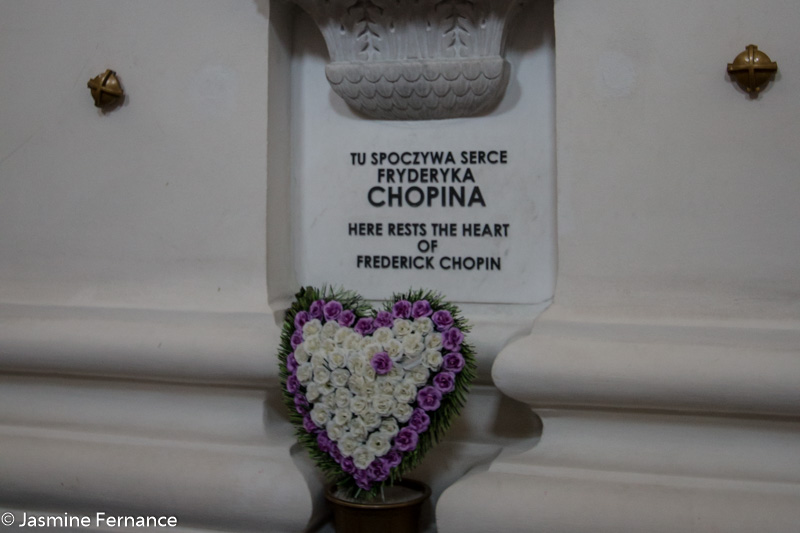
3. Chopin statue in Lazienki Park
This statue was first created in 1926 but blown up by the Nazi occupation of the city in 1940. It was the first monument destroyed by the Germans upon occupation. In 1958 a new statue was commissioned and in summer the statue and pond is home to a series of piano concerts by local and international pianists, who play Chopin to the hundreds of people picnicking and sunbathing in the park.
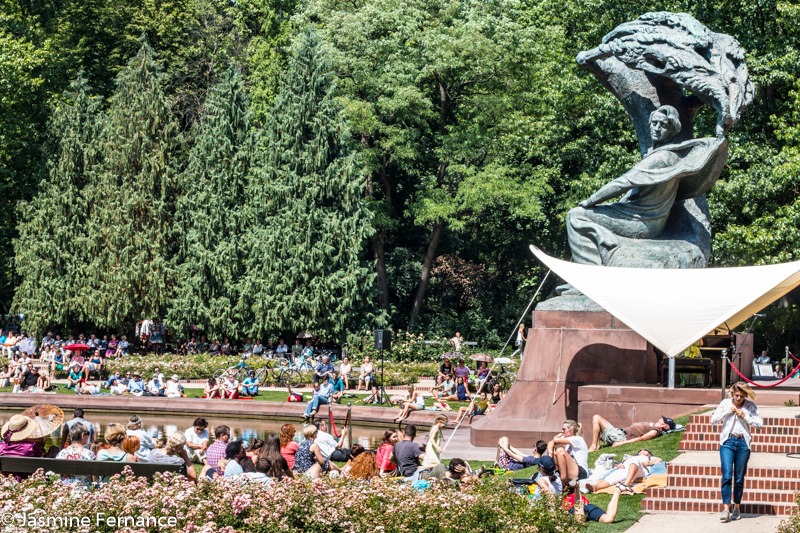
Palace on the Water
Situated in the middle of Lazienki Park is the Palace on the Water or Palace on the Islet which served as the palace of King Stanislav August from 1772. Sumptuously decorated with images from ancient Greek myths, there are also several displays showing the palace interior before WWII, and the how it looks now due to restoration work.
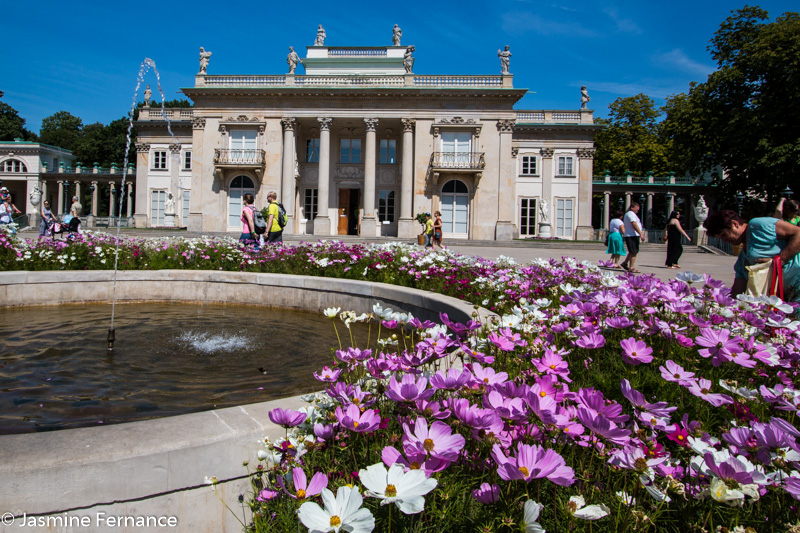
The Old Town
The old town of Warsaw is a beautiful and also tragic place to visit. At only 60 or so years old, the old town has emerged from the rubble of constant bombardment in WWII to become a UNESCO heritage listed re-creation of what it once was. In the centre of Castle Square stands Zygmunt’s Column, commemorating King Sigismund III Vasa who moved the capital of Poland from Krakow to Warsaw in 1596. He stands in front of the Royal Castle, the residence of Poland’s monarchs and the small church of St Anne. Climbing the tower of St Anne’s church is worthwhile and affords great views over the old town. It’s especially nice at night. The old town is full of souvenir shops, restaurants and shops selling Polish amber.
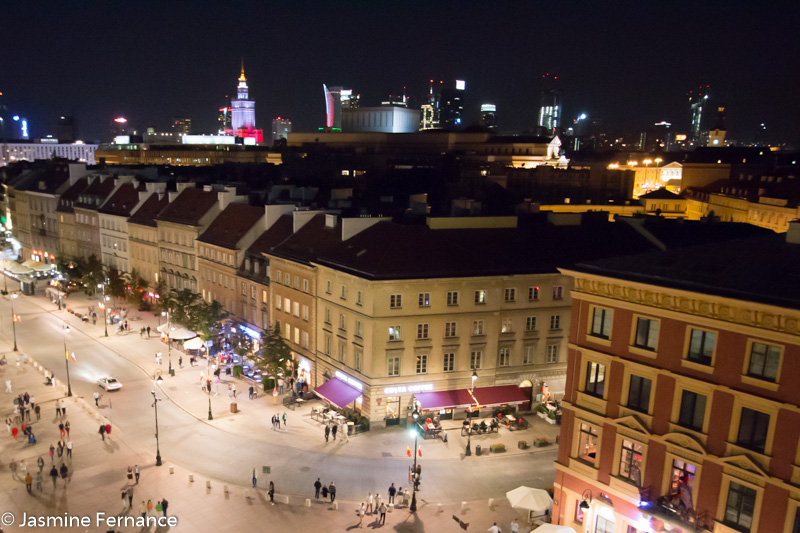
Our second day in Warsaw fell on 1 August, Poland’s day of remembrance of the Warsaw Uprising. The uprising commenced on 1 August 1944 against the oppressive Nazi regime and 63 days before being quashed by the large contingent of German soldiers based just outside of Warsaw. Reprisals were harsh. My cousin explained to me how sad it is that Poland has no day of celebration, such as Australia Day (for most Australian’s not all, but that’s a political discussion for another day), and all special days in Poland are marked with sadness.
The old town was full of people out and about on this night, and there were shrines filled with flowers and candles commemorating the day and the people who took part in the uprising.
Palace of Culture and Science
The Palace of Culture and Science is the tallest building in Poland and was a ‘gift’ from the Soviet’s to the Polish people in 1955. The building is a stark reminder of the Soviet influence and some negative feeling still persists in some today, to the point where there were discussions regarding demolishing it several years ago. It still stands though and there are amazing views over all of Warsaw from the 30th floor, and even deck chairs up top should you want to remain and relax a while.
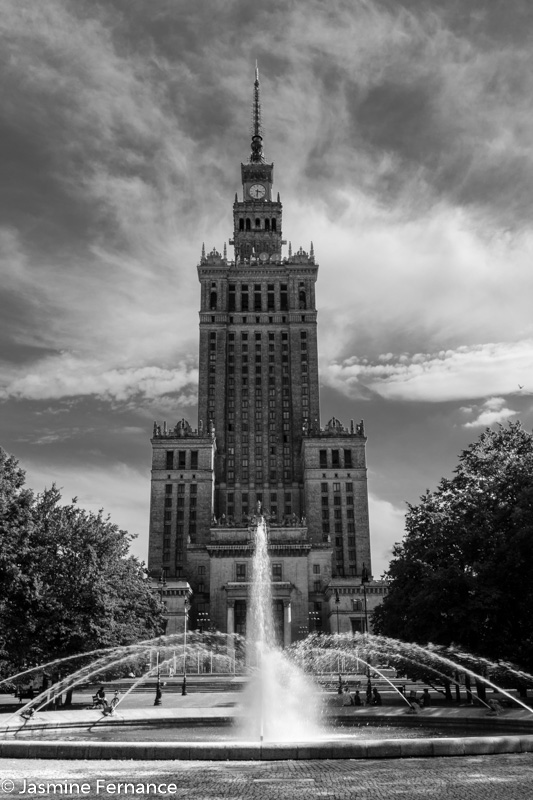
Eating
Located in the old town is traditional Polish restaurant Honoratka. It’s not all cabbage and pickled cucumber. There’s an outdoor terrace area, but even on a nice day it’s great to sit indoors down in the beautifully decorated rooms, each with a different theme.
Of course, nothing beats the spread put on by our cousins on our first night in Warsaw. A traditional Polish family meal at its finest.
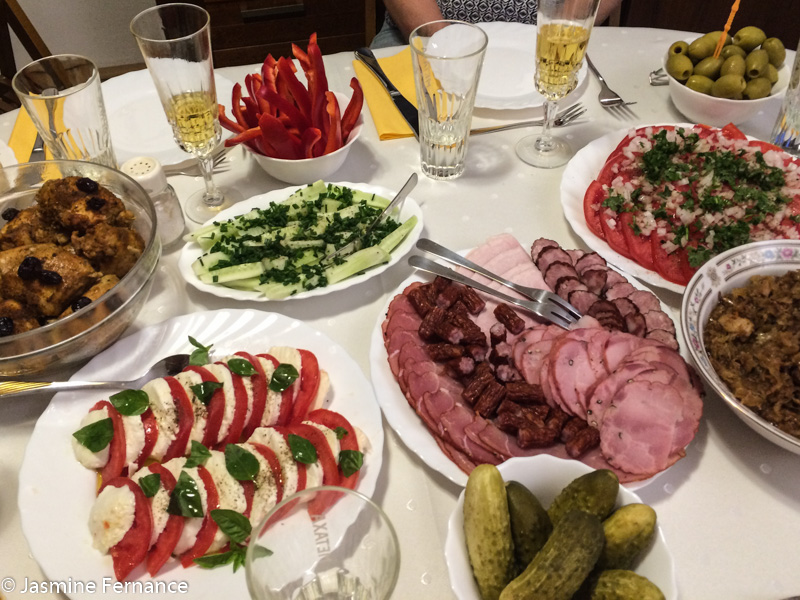
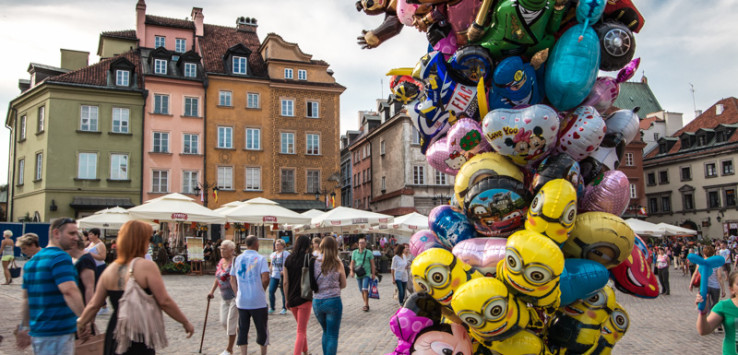
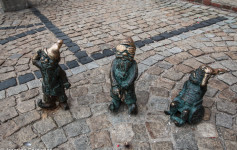
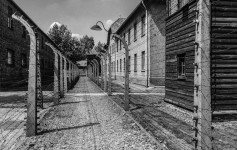
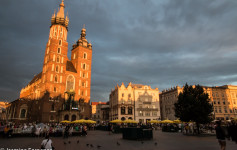
A great writeup!